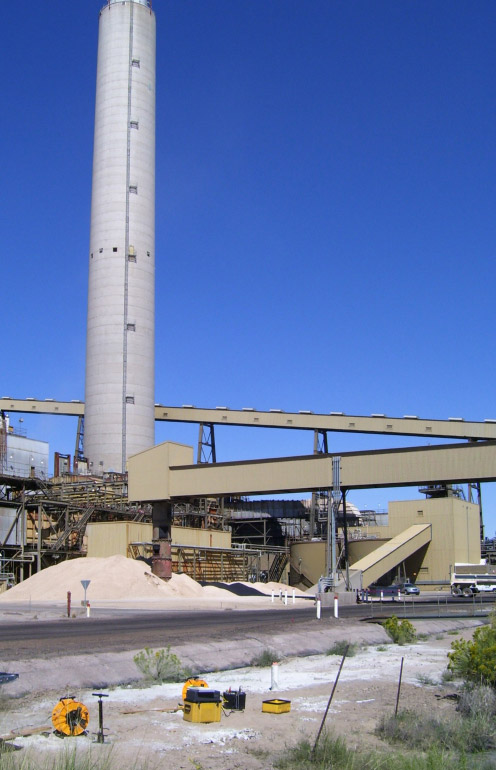Geophysics: Crosshole Sonic Logging

Crosshole Sonic Logging (CSL) provides a non-destructive method for Quality Assurance testing of drilled shaft foundations. Drilled shafts are often used to support critical structures and, as such, states such as California, Arizona, New Mexico, and Colorado specify the CSL method for drilled shafts Quality Assurance using the ASTM Standard D6760.
The CSL method involves transmitting ultrasonic waves through newly placed concrete. CSL testing is used to find anomalies, voids or defects in the concrete foundation structure. Generally, the CSL test is performed during the construction phase of the project, before pile caps or overlying foundations are installed. The information obtained from the CSL survey is provided to the structural engineer for acceptance of the shafts.
The CSL equipment is relatively lightweight, and requires the use of a field computer, a transmitter, receiver, and cables with spools. The transmitter and receiver are lowered into their own water-filled PVC access tubes (2-to 3-inch diameter) installed in the steel reinforcing bar cage during construction. The number of access tubes required depends on the shaft diameter, and readings will be taken between each possible pair of access tubes. The sensors measure the seismic velocity of the concrete based on travel times of sound waves through the concrete between transmitter and receiver.


